Washington state recently passed a law that allows bicyclists to yield at a stop sign instead of coming to a full stop. Though this might seem counter-intuitive, studies and a proven track-record in other states with similar laws indicate it could be a great move for bicyclist safety.
Washington’s New Law
Washington’s Safety Stop bill was signed into law by Governor Jay Inslee on March 18, 2020 and went into effect on October 1, 2020.
The law allows bicyclists to treat a stop sign as a yield sign if the cyclist has slowed down to a speed that would allow them to stop if needed. The cyclist must yield to a vehicle or pedestrian already in the intersection. Under this new law, a cyclist may slow down as they approach the stop sign, check traffic, and roll through it if the coast is clear. The new law garnered bipartisan support, a mark of its importance.
There are certain exceptions to the law. A cyclist must stop at all stop lights and at stop signs on school busses and railroad crossings. The law pertains only to bicycles and electric bicycles. It does not allow a rider on a scooter to treat the stop sign as a yield sign.
Washington’s Safety Stop Law Mirror’s the Idaho Stop
Washington’s new law is remarkably similar to what is known as an Idaho Stop. The state of Idaho passed a similar law in the 1980’s allowing cyclists to yield at stop signs. Other states to have passed similar stop laws for bicyclists include Delaware, Arkansas, and Oregon.
Intersections are dangerous for cyclists Drivers often don’t notice cyclists. And when they do, it is often too late to avoid an accident. The new law allows cyclists to take the lead at an intersection. This is often much safer for the cyclist.
In Idaho, bicycle accidents and injuries declined by 14% in the year after the law was enacted. In Washington state, bicycles are a growing mode of transportation. It is hoped that Washington’s cyclists will see similar results.
There is also evidence that Safety Stop laws are not only safer for cyclists, but more efficient. Cyclists are keenly aware of the desire to continue forward momentum. Stopping when there is no traffic interrupts that momentum, hampering efficiency. A change in the law also keeps up with what many cyclists already do.
Studies by DePaul University in Chicago, and the University of California, Berkeley’s School of Public Health support the implementation of Safety Stop laws to enhance cyclist safety.
Roadway Laws Must Reflect How Roadways Are Being Used
Our transportation patterns are changing. There are many reasons for this. Climate change is a huge factor. The Coronavirus pandemic has also been a catalyst for the biking movement. Communities are seeing increased bicycle, pedestrian, and micro-mobility use. People are leaving their cars behind more often and using other devices to run their errands when possible.
Roadway laws are based primarily on regulating vehicular traffic. As roadway use continues to evolve and change, communities have had to come to grips with enacting laws and building infrastructure to keep bicyclists and pedestrians users safer.
Communities are coming together with policy analysts, legal experts, and bicyclists to make our streets safer. It is important to understand that change is occurring at a rapid rate. Many states, like Washington and nearby Oregon, have taken great strides toward revamping laws at both the state and local levels to address these problems. It’s time for other states, municipalities, and governing bodies to take action, too.
See our benchmarking report or contact us for more information.

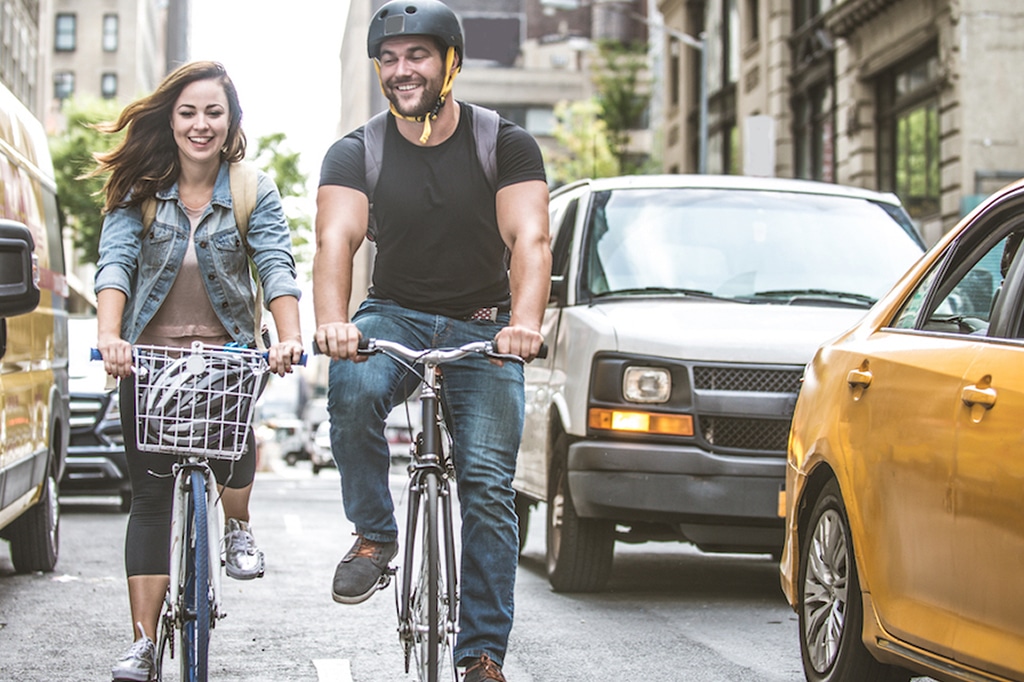
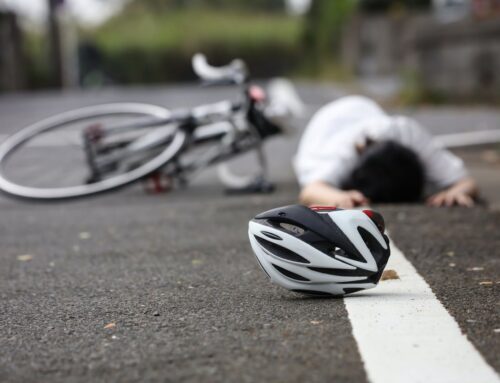
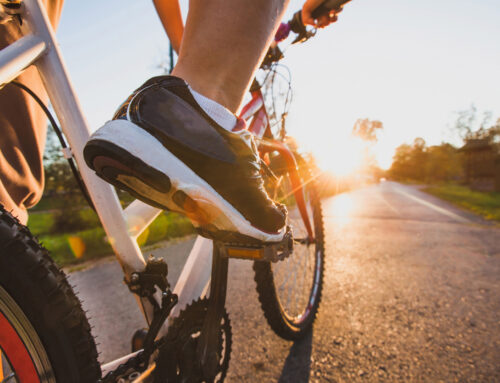
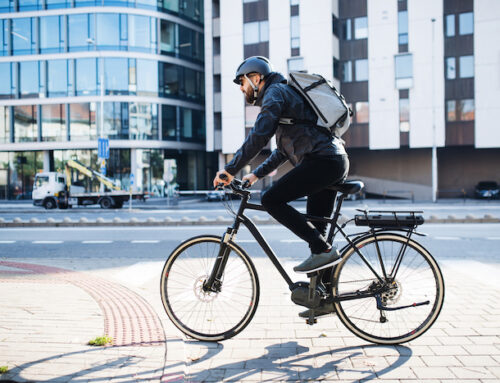
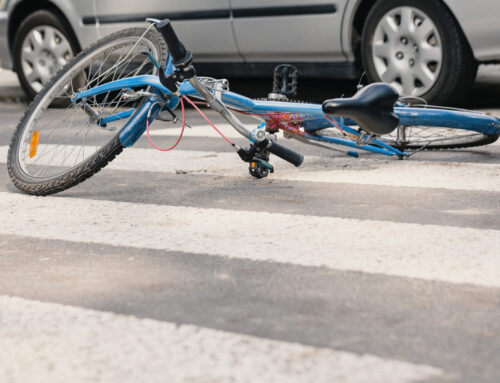



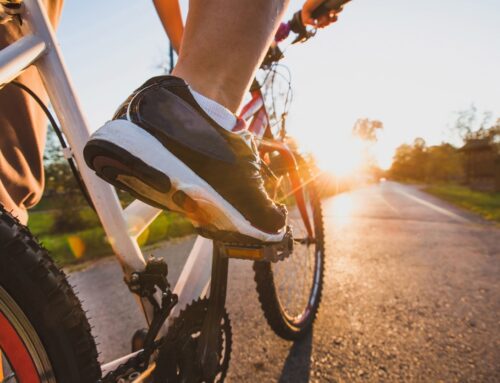
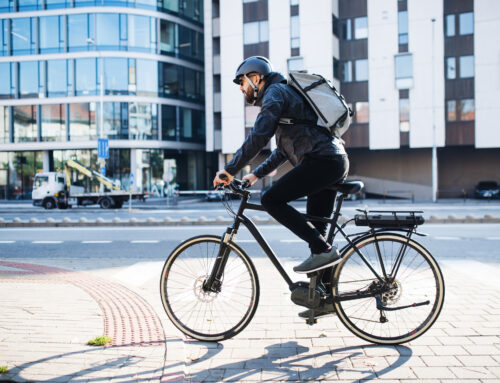
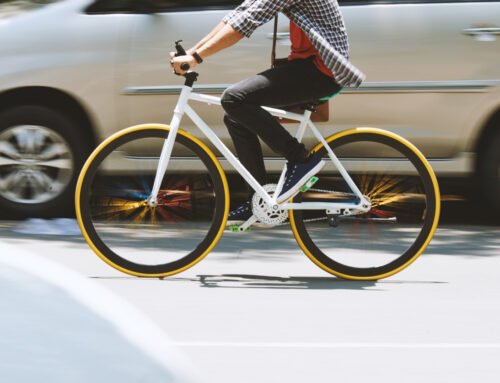
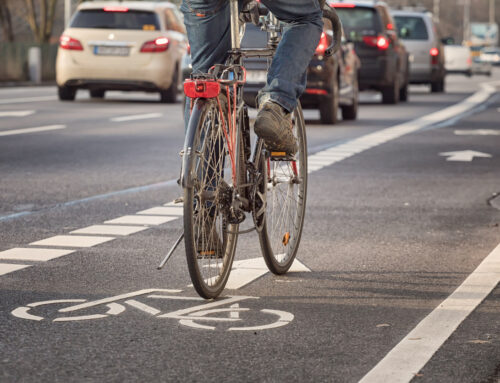
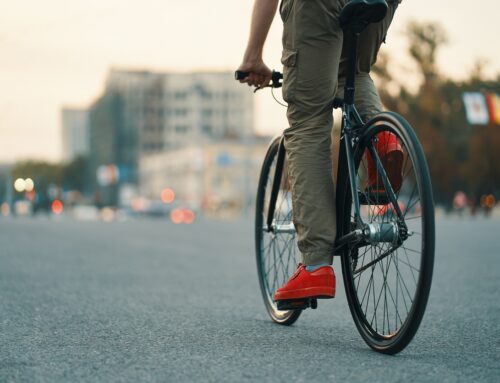



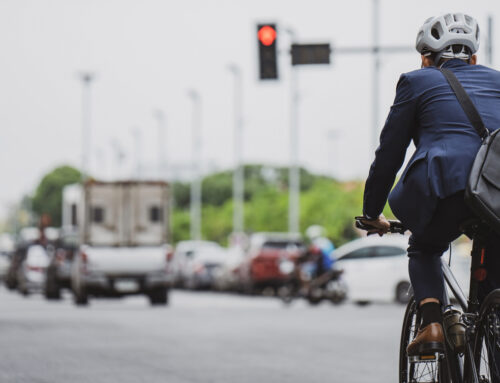
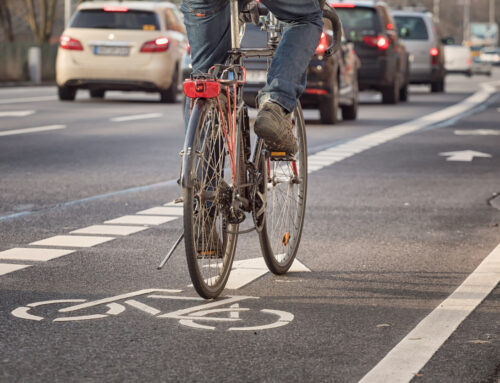
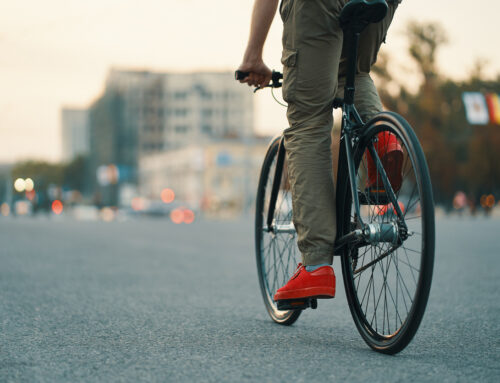

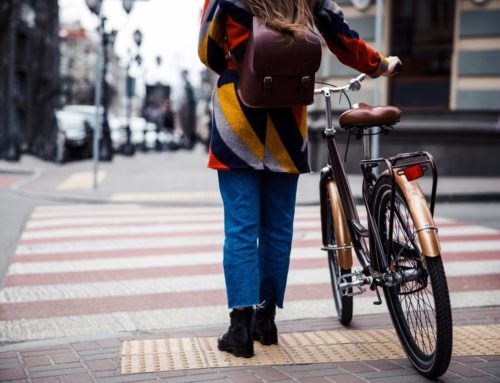
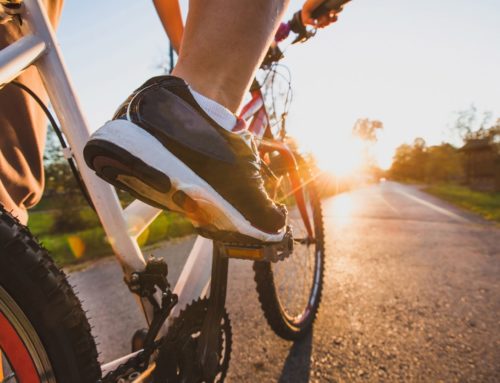
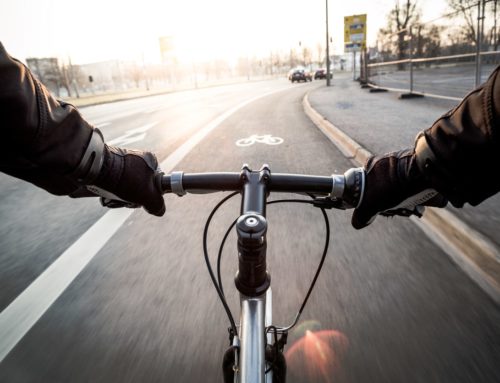

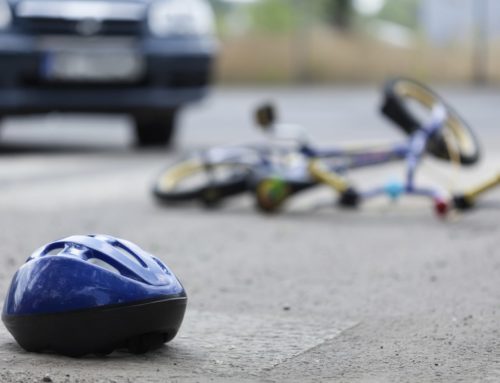
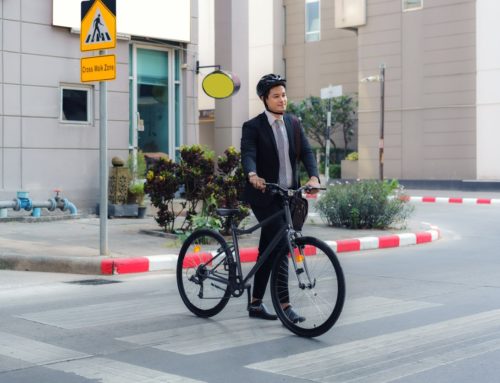
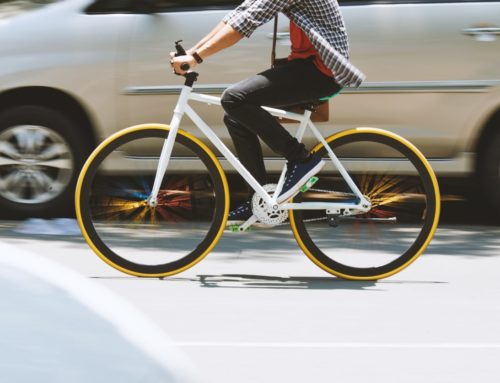



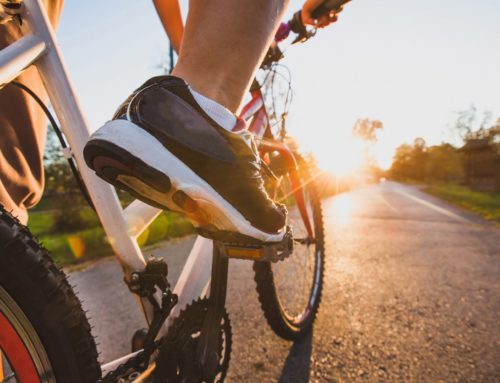
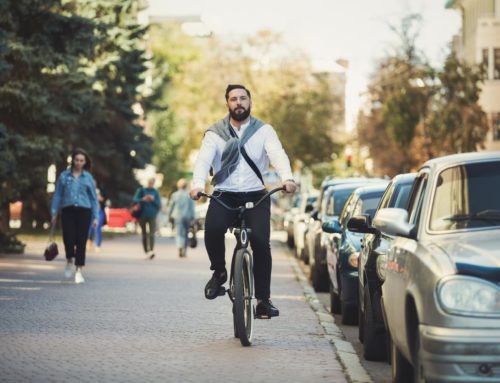
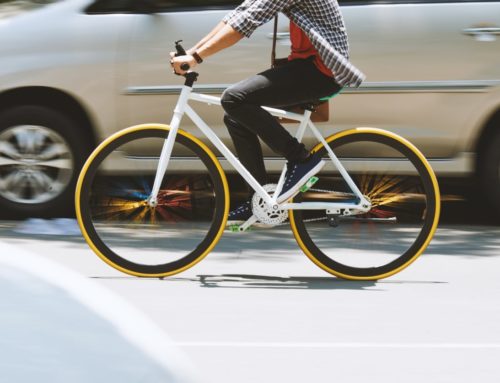
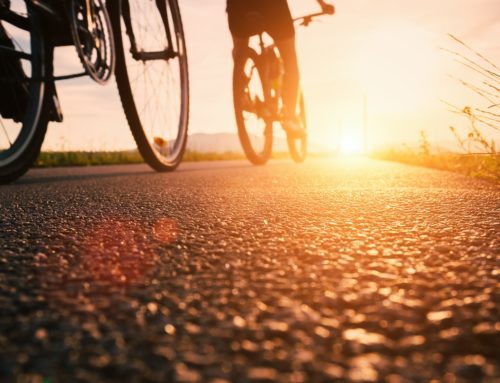

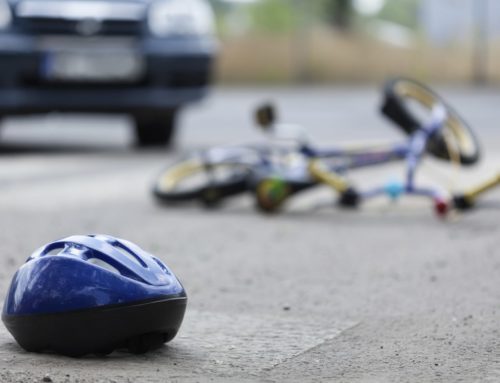
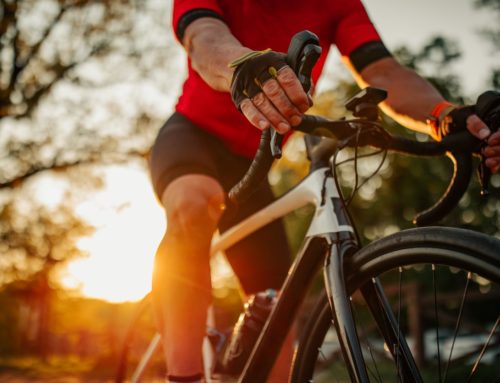
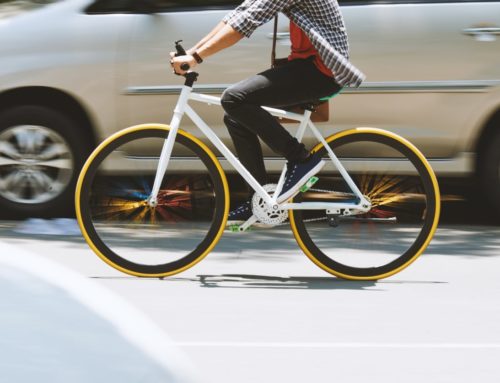
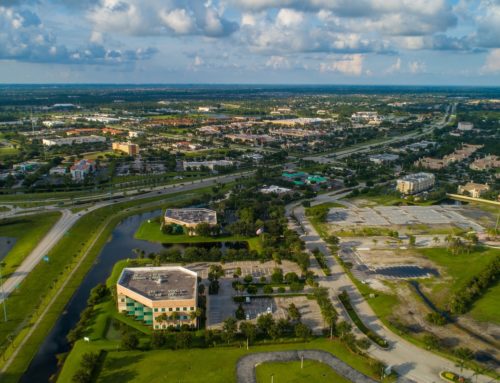
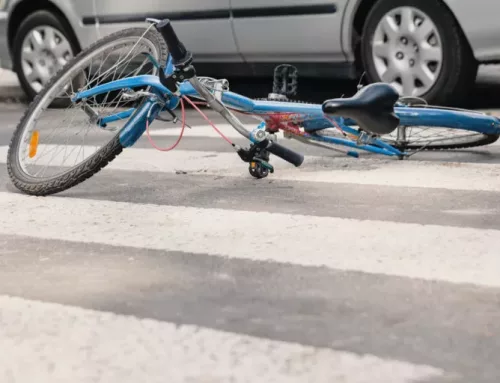

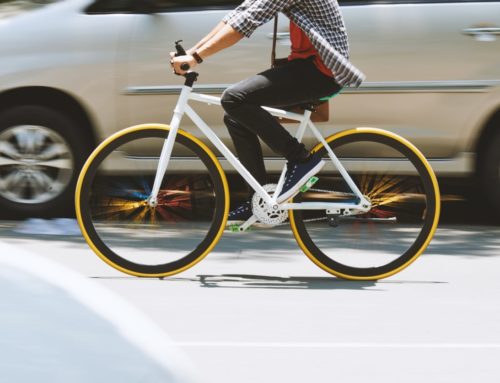
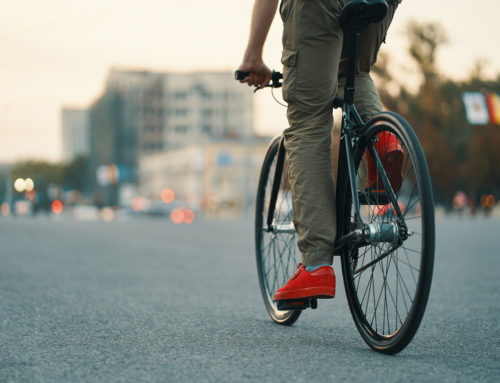
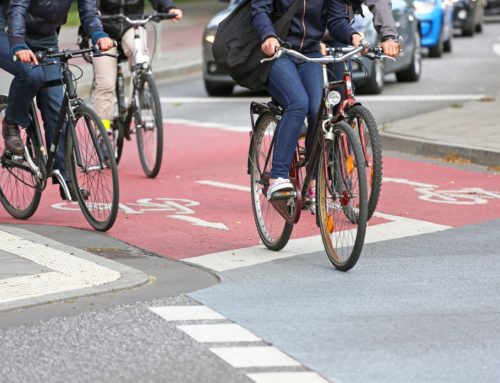
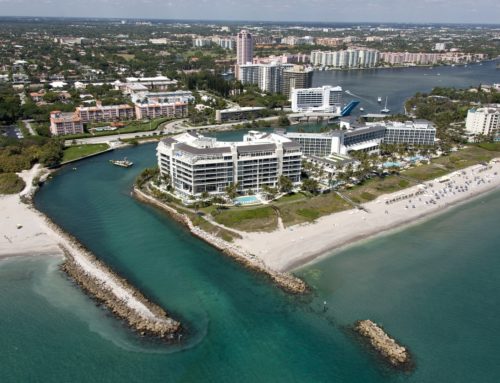
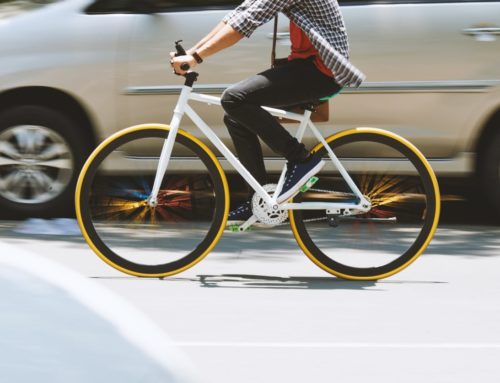
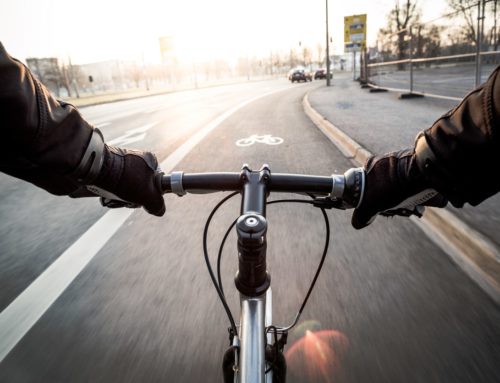

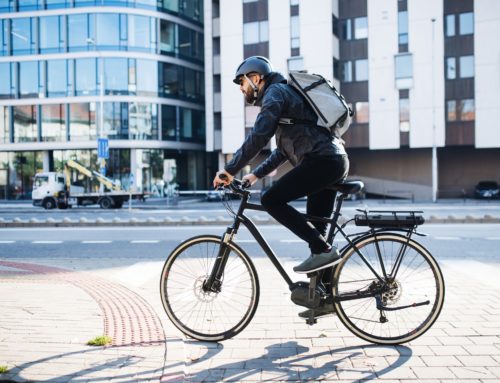
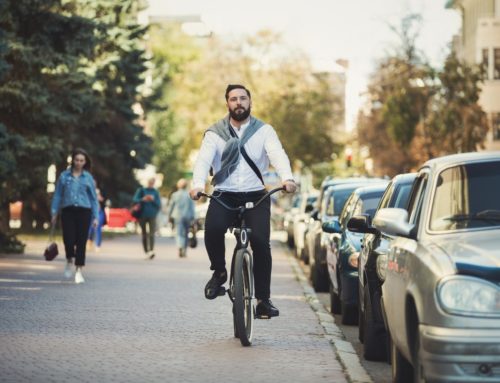

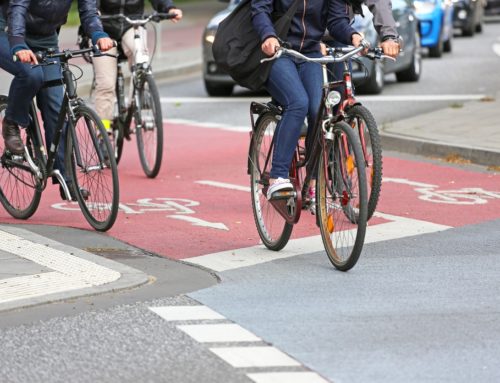

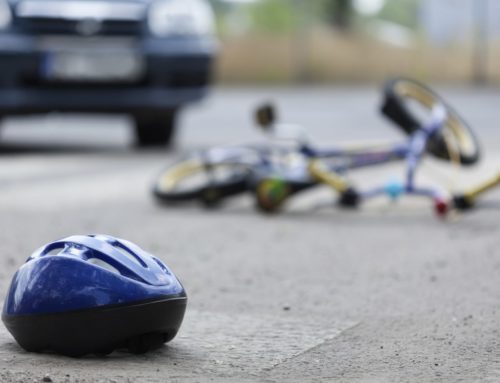
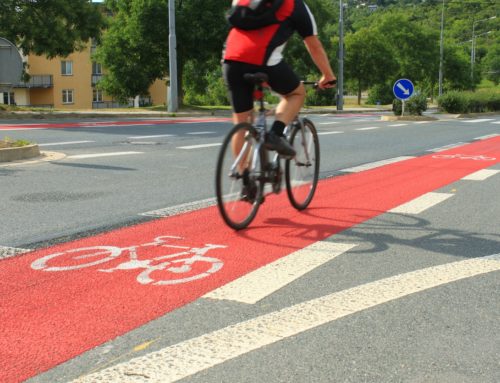


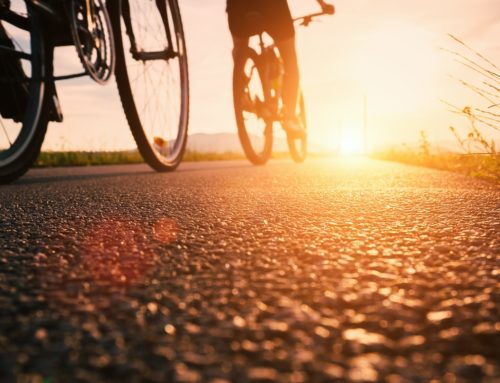
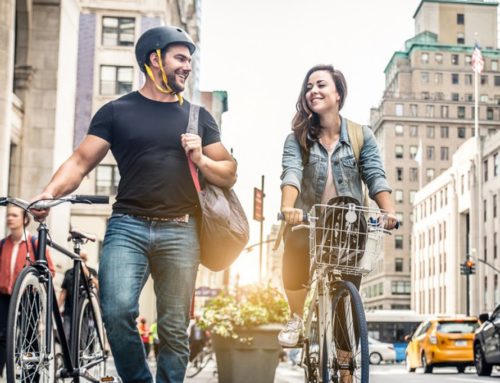




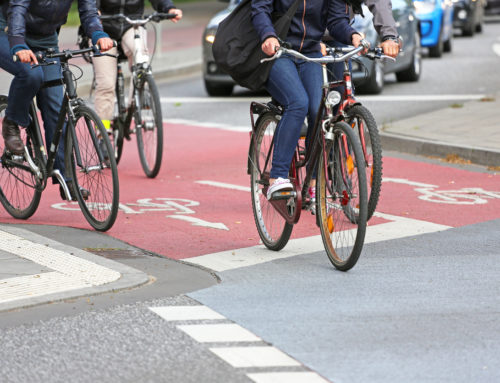
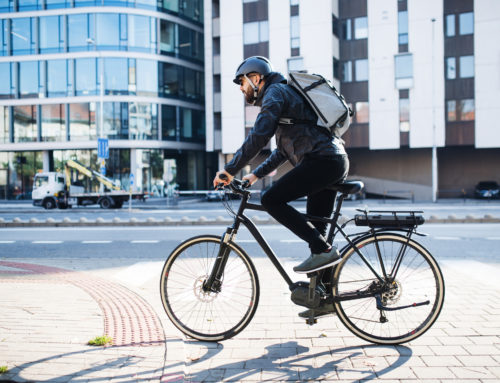
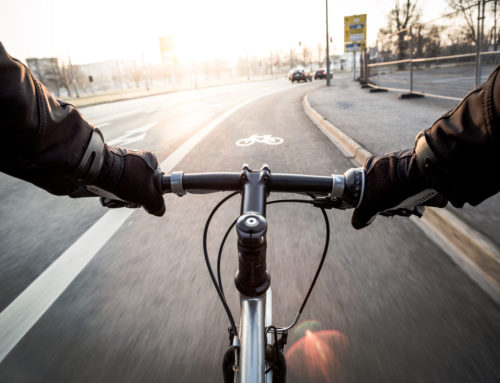

Leave A Comment